What Is a Portfolio & What Should a Great Portfolio Look Like?
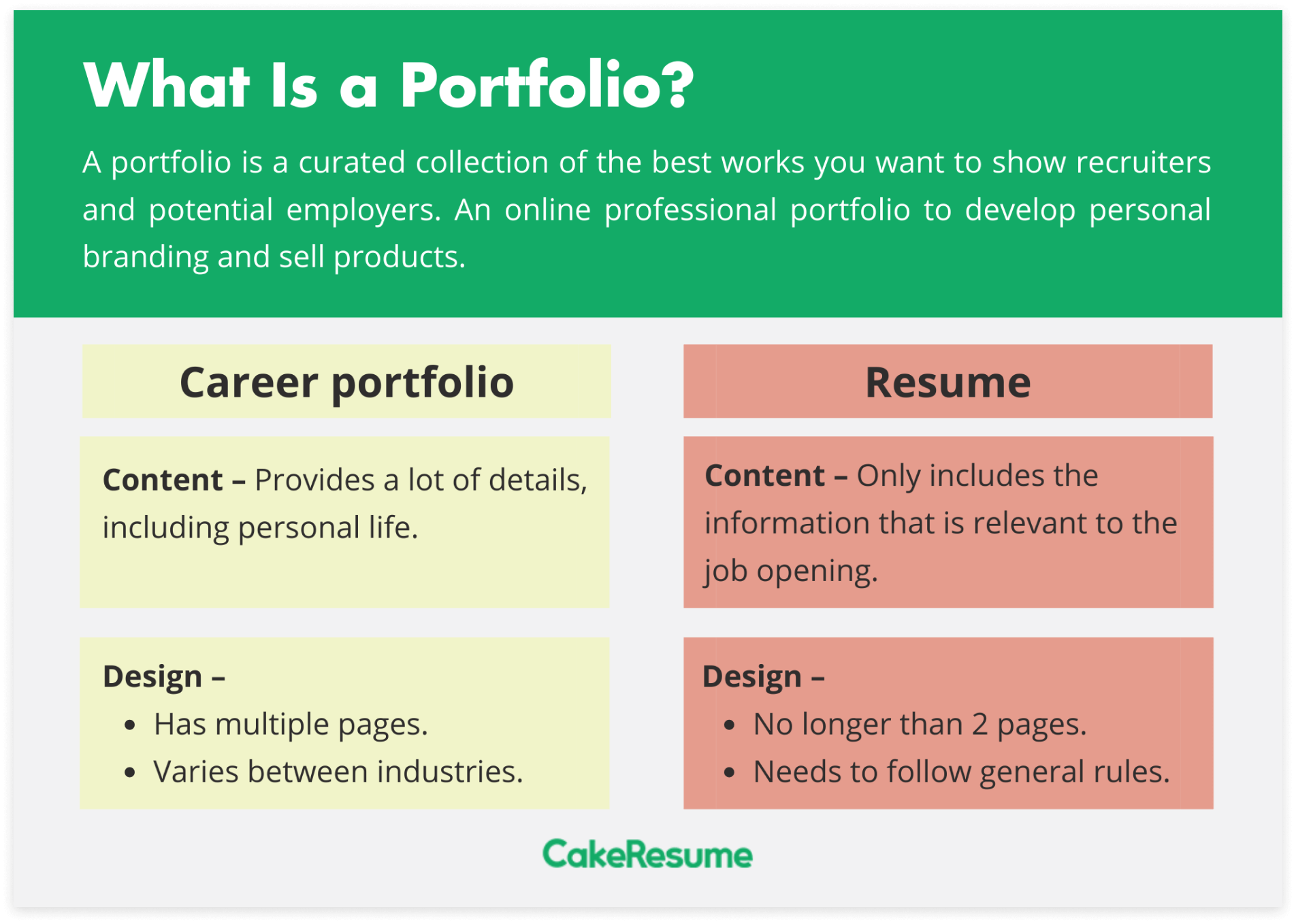
In this article, you'll read about:
Have you ever been told to submit a portfolio for your job application?
Or you might be wondering “What is the meaning of portfolios?”
Simply put, a professional portfolio is an excellent way to present your works to potential clients or employers while demonstrating your qualifications for a project or a role. It’s particularly essential to have an online portfolio for your job hunting if you’re working in creative industries like writing, art, design, photography, etc. A personal portfolio, on the other hand, focuses more on personal branding - but is still beneficial for your career.
Let’s dive into the importance of portfolios in job applications, check out amazing career portfolio examples and learn how to build one.
What Is a Portfolio?
A portfolio can go under various names such as: career portfolio, work portfolio, and professional portfolio, depending on which profession you’re doing. Think of it as a curated collection of the best works you want to show recruiters and potential employers. Other than that, you can also use your online professional portfolio to develop your personal branding and sell your products.
Note that a portfolio is different from a resume even though both of them are important for a job application.
| CAREER PORTFOLIO | RESUME |
| Content – Provides a lot of details, including personal life. | Content – Only includes the information that is relevant to the job opening. |
| Design – Has multiple pages. Varies between industries. | Design – No longer than 2 pages. Needs to follow general rules. |
⚠️ Note: The term “portfolio" is also widely used in the finance & investing field.
“A portfolio is a collection of financial investments like stocks, bonds, commodities, cash, and cash equivalents, including closed-end funds and exchange-traded funds (ETFs)”, explained by Investopedia.
What Should Your Portfolio Look Like?
There are many ways you can build a portfolio for your career and each format is structured differently.
Check out the most common formats of a personal portfolio:
Digital portfolio file
A digital portfolio is a file in the format of PDF, .doc, .jpeg, or .mp4 file. It works well when attached as a file to an email sent to the employer.
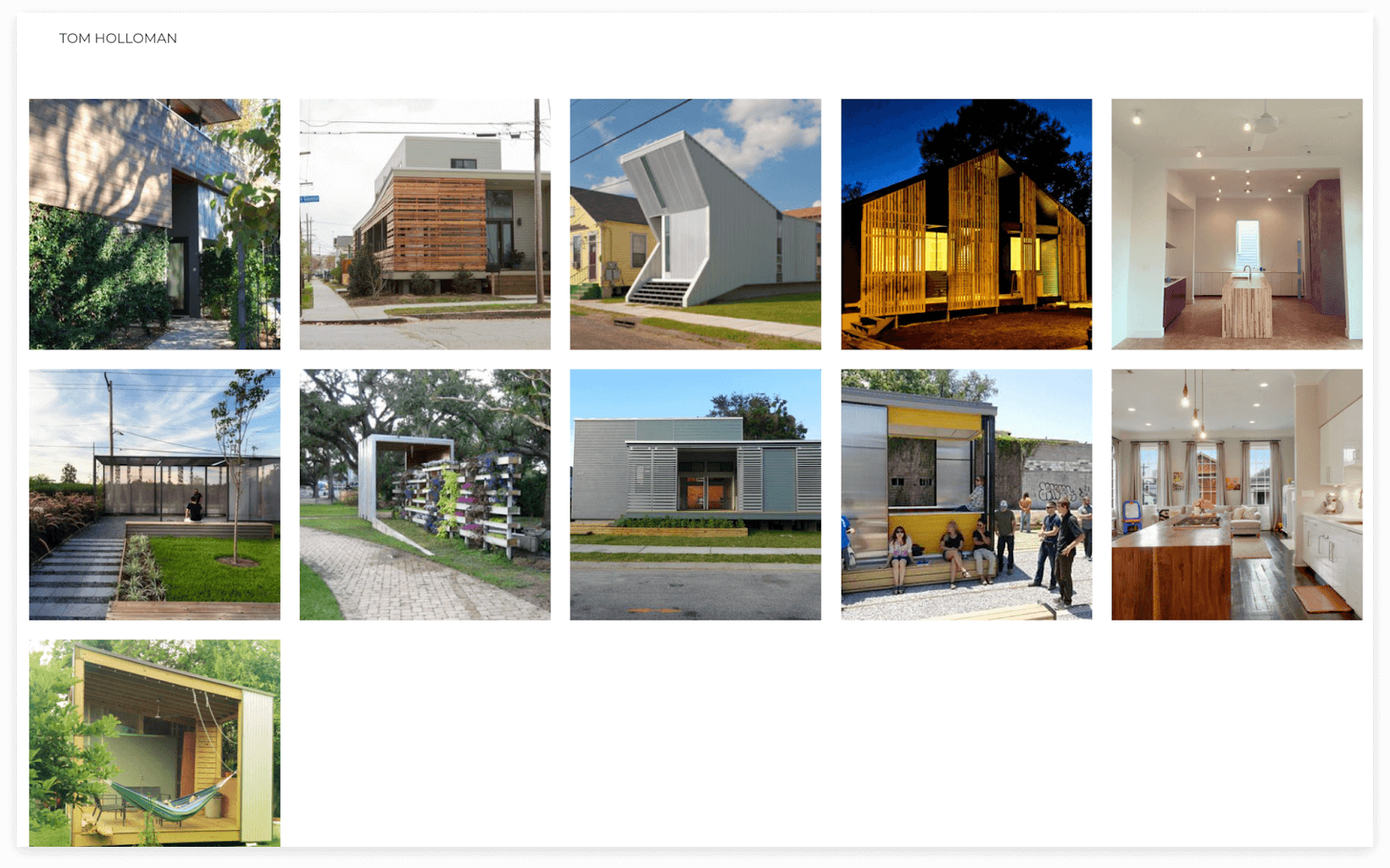
Online portfolio
An online portfolio is created on platforms like CakeResume, Behance or Dribbble; and can serve as a tool to create a bigger online presence.
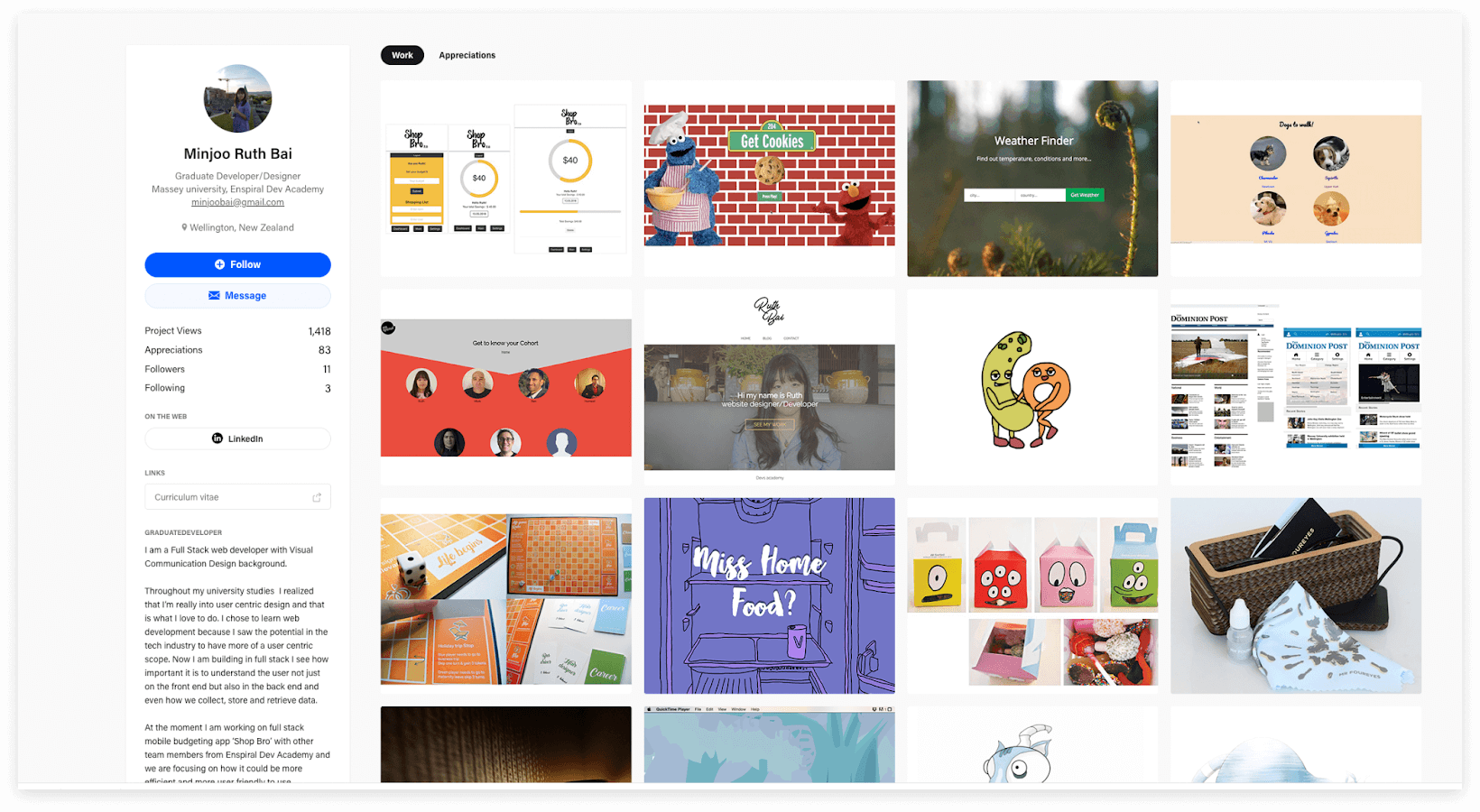
Website
A portfolio website is essentially a website that consists of your works and is usually created using platforms like Wix and WordPress. It works just like how any other website would.
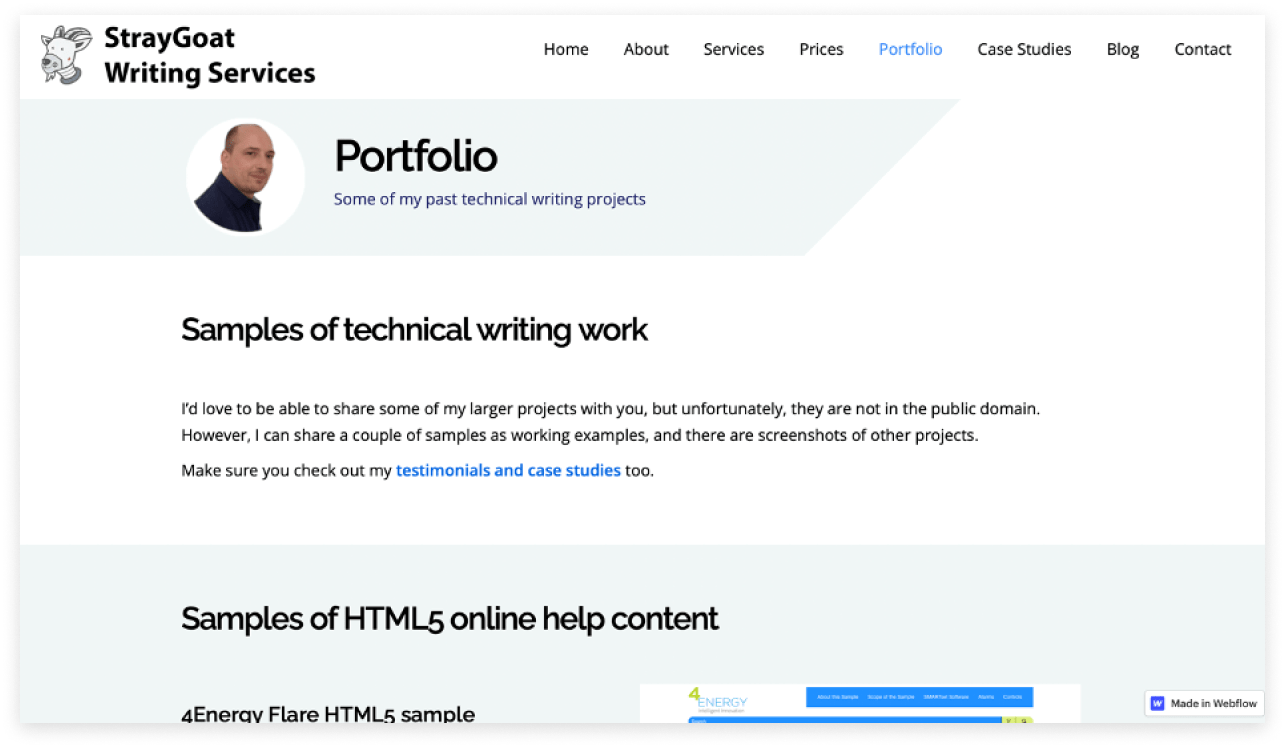
Physical or paper portfolio
This portfolio type is compiled manually in a folder or printed out to show employers and clients during a job application.
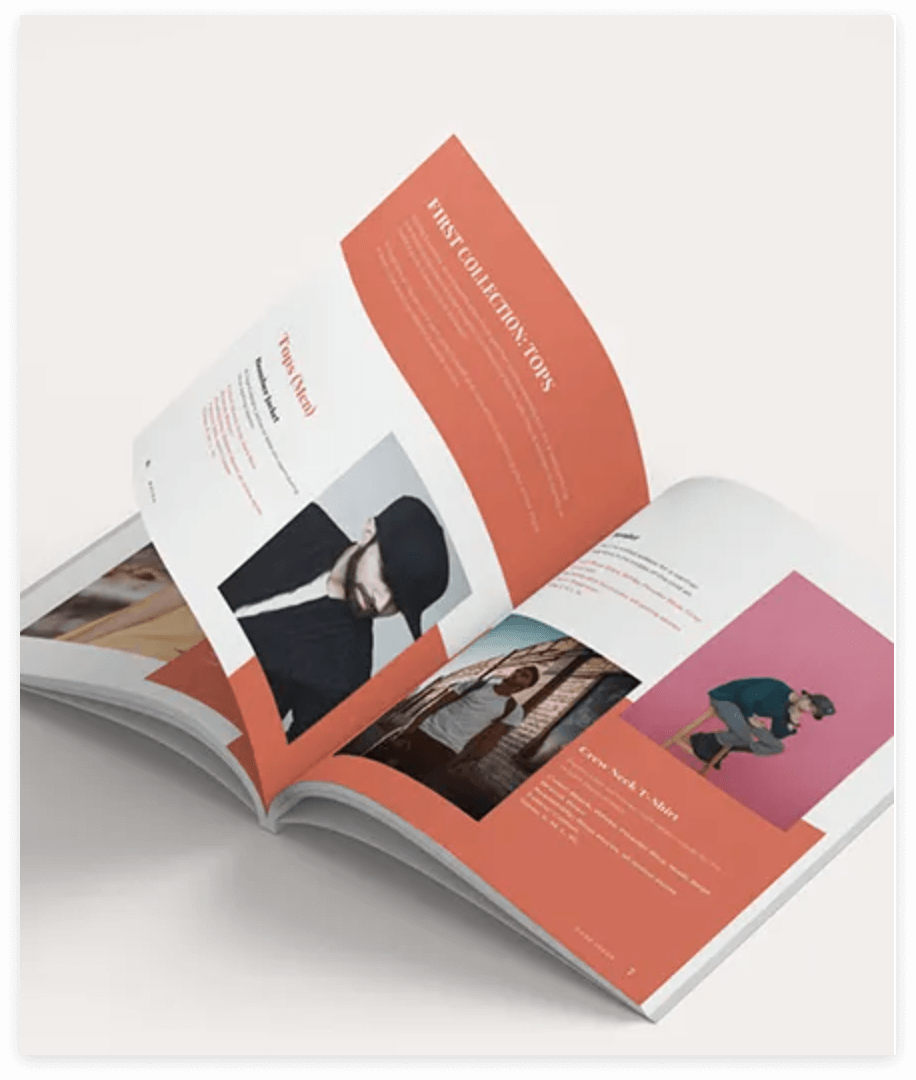
What to Include in a Portfolio
Whether you're writing a professional portfolio or a personal portfolio, make sure to include the following elements.
1. Cover page
Imagine hiring managers and clients open your job portfolio along with many others at the same time. It is the cover page that grabs their attention and makes the first impression. To ensure they won’t immediately close your online professional portfolio, you should put extra effort to design it carefully to serve its purpose and show your personal taste.
Key elements you need to pay attention to include:
- Fonts
- Colors
- Background
- Layout
- Visual hierarchy
2. Self-introduction and/or resume
The self introduction for a career portfolio is similar to a CV summary statement. You will need to showcase the key points about you, including:
- Professional title
- Years of experience
- Your passion and expertise
- Key skills
- Outstanding achievements
💡 Pro Tip: Your introduction should not be too detailed and lengthy. Instead, focus on describing who you are and what value you can bring to the client or employer.
You can also include your resume in your personal portfolio or career portfolio, if your goal is to showcase your career journey. Including your work history in your personal portfolio with a concise resume can be an effective tool to demonstrate your qualifications and capabilities.
3. Work samples
These pieces of information are particularly important for a job portfolio. Without work samples, there's no need to include a portfolio in your job application. Based on your profession, you can present your works in different formats like images, videos, illustrations, etc.
For example, a photography portfolio will need to showcase captivating pictures, whereas the highlights of a teacher portfolio for the interview will be impressive video lessons and digital lesson plans.
💡 Pro Tip: Make sure you check the quality of your work samples before publishing them to your career portfolio.
4. Side projects
Have you worked on something that is unpaid or just for entertaining - but they are actually relevant to what potential employers and clients are looking for?
Go ahead and leave some room for them in your personal portfolio! By doing so, you can easily point to the work you have done in the past, and thus get a leg up on the competition.
💡 Pro Tip: When listing projects on your job portfolio, the more specific, the better. It's essential to show the audience how you did and what you achieved.
5. Licenses or Certifications
These supporting documents are high quality evidence of how you acquired a high level of knowledge and mastered your skills in your field. Thus, including licenses, certificates, or professional development seminars you have attended will enhance your credibility and highlight your qualifications for the position.
💡 Tip: Especially if you're making a nurse portfolio, licenses and certifications can be deemed as must-have components.
6. Awards or other proofs of accomplishments
Have more to bring to the table to demonstrate a higher level of your competence? Then it’s never a bad idea to include these proofs in your portfolio.
In your job portfolio, you can also include different types of artifacts such as:
- Certificates of awards / prizes
- Publications materials
- Testimonials from satisfied clients
7. References
It's highly recommended that you put together a list of references or testimonials to your career portfolio. That way, you can attract more potential clients in the future.
However, take this into consideration if you decide to include your portfolio in a job application. Some employers may doubt the veracity of the claims unless they really hope to learn more about your job performance and work attitude in the past.
💡 Pro Tip: If you work as a freelancer, including your client testimonials can also serve as great social proofs of your skills & qualifications.
How to Create a Job Portfolio
Step 1: Choose a suitable format for your portfolio.
As mentioned earlier, the choice of portfolio format varies between industries and the type of content you want to include. For instance, videographers or film-makers would find digital or online portfolios more convenient because it’s more convenient to access video works in a digital format, whereas artists or models might want to have a physical portfolio prepared when they attend an audition or interview.
It's important to follow the instructions from the hiring managers. You may create an online professional portfolio that you can view from anywhere, but you can prepare several hard copies for the interview as well.
Step 2: Arrange the materials with a consistent layout & design.
Keep in mind to categorize your works for convenient viewing. That will make it easy for site visitors or your portfolio readers to navigate and it also helps showcase your professionalism.
Let's say you're making a design portfolio for your job application, your works can be sorted out chronologically or by different styles and the tools you used.
For physical or paper portfolios, you can use a binder, folder, or portfolio case to make the pages easy to flip through. Other ways to help employers find information easily are using section dividers, tabs, and color-coding.
Step 3: Opt for a simple color palette & clear font style.
It's a great idea to make your personal portfolio visually appealing, especially for any candidate in the arts or design fields. That being said, make sure you select a simple color palette and easy-to-read fonts. The final goal is to retain visitors on your web page.
Step 4: Proofread your portfolio.
Don't rush to publish any data without running a thorough check. An online professional portfolio may encounter some bugs or there might be typos sometimes.
Step 5: Frequently update your portfolio.
This might take you a lot of time and energy but it's totally worth it! Make sure you pay attention to both the content and design of your job portfolio and haven’t missed anything essential.
Career Portfolio Examples
Get inspired by the following 10 portfolio examples that can help you create a portfolio in your job application.
Teacher portfolio example
When viewing Cynthia’s website, you can see her strong passion for work as well as great story-telling skills. That also makes it easy for us to tell her specialty through her projects, exhibitions along with professional achievements in the field.
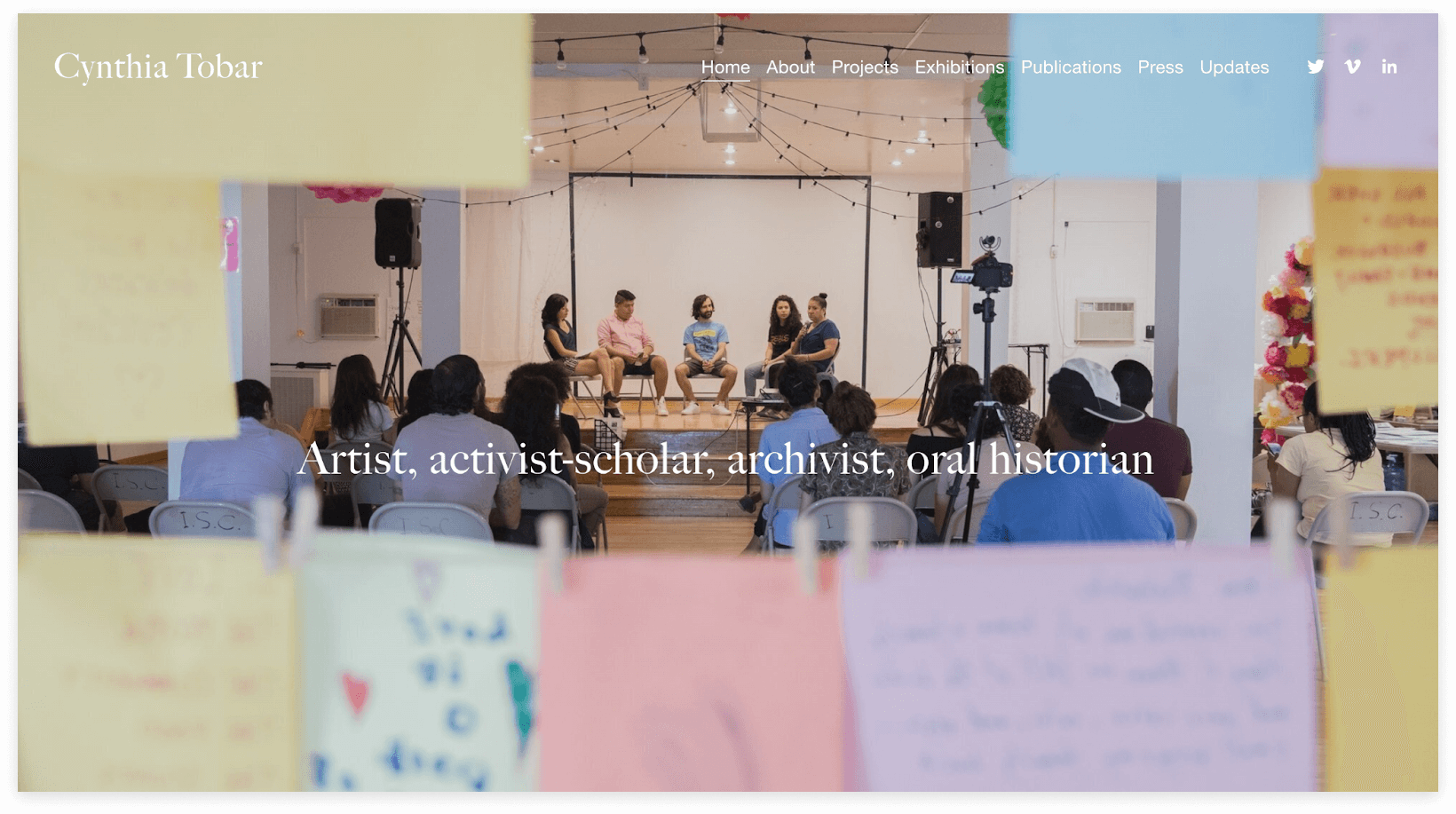
Elementary teacher portfolio example
The picture of Gretchen in her classroom is a clear statement saying that “I am an elementary teacher.” Her self-introduction is written in the third person, giving the audience the impression of an endorsement. Besides that, this career portfolio example shows a good knowledge of website formatting by giving introductory points about her skills and certifications instead of writing a wall of text.

Art teacher portfolio example
Art allows you to express yourself. Therefore, showing your own personality in your personal portfolio will make it more impressive and memorable. You can feel that when viewing Lauryn's website. It's also easy to navigate since she sorts all of her works by year and different styles.
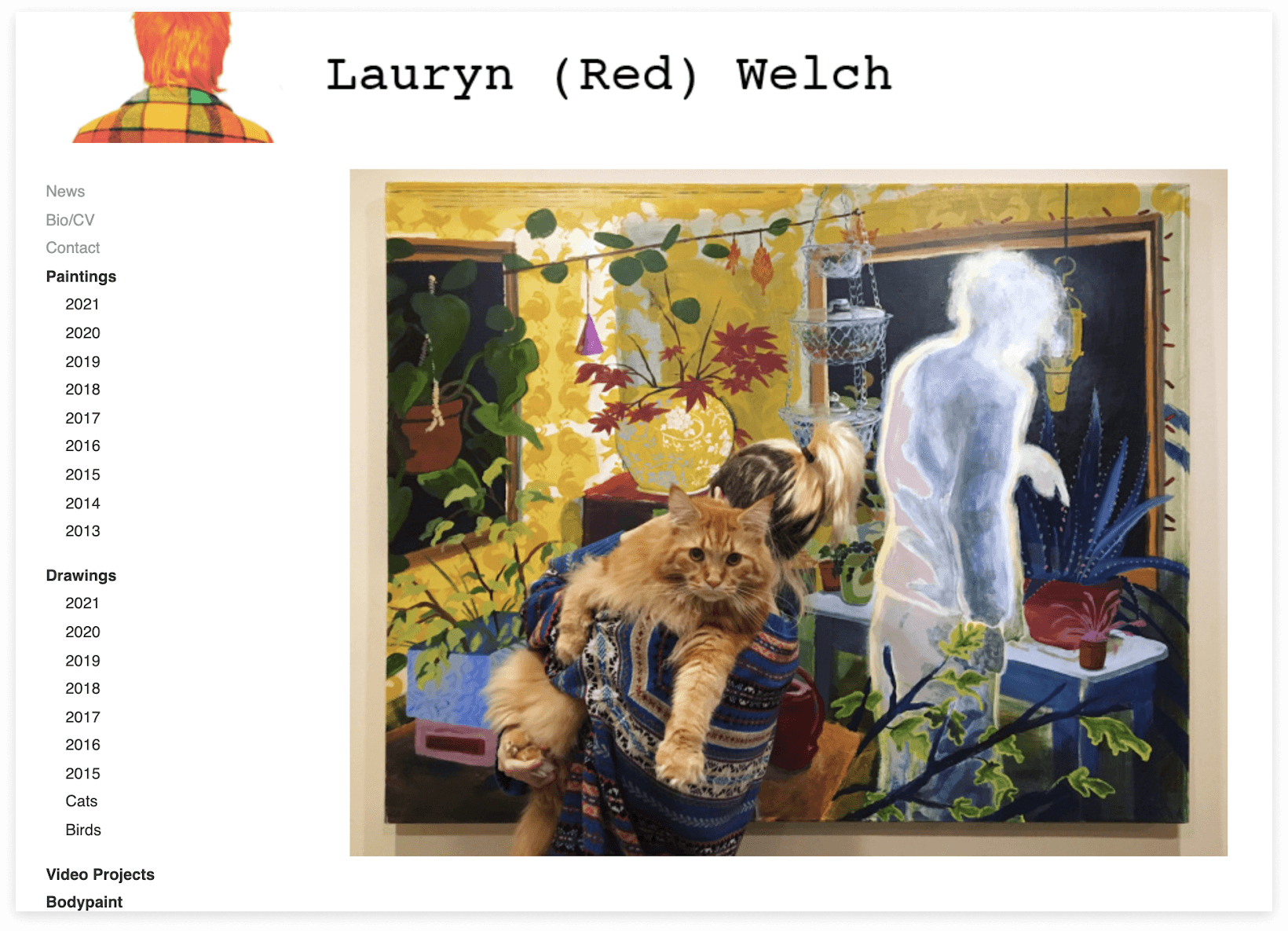
Nurse portfolio example
Laura's portfolio is written in the format of a digital file. It covers all essential elements such as a detailed CV, professional work, community involvement, and licenses & certifications. Thus, refer to this example of work portfolios for your nursing career.
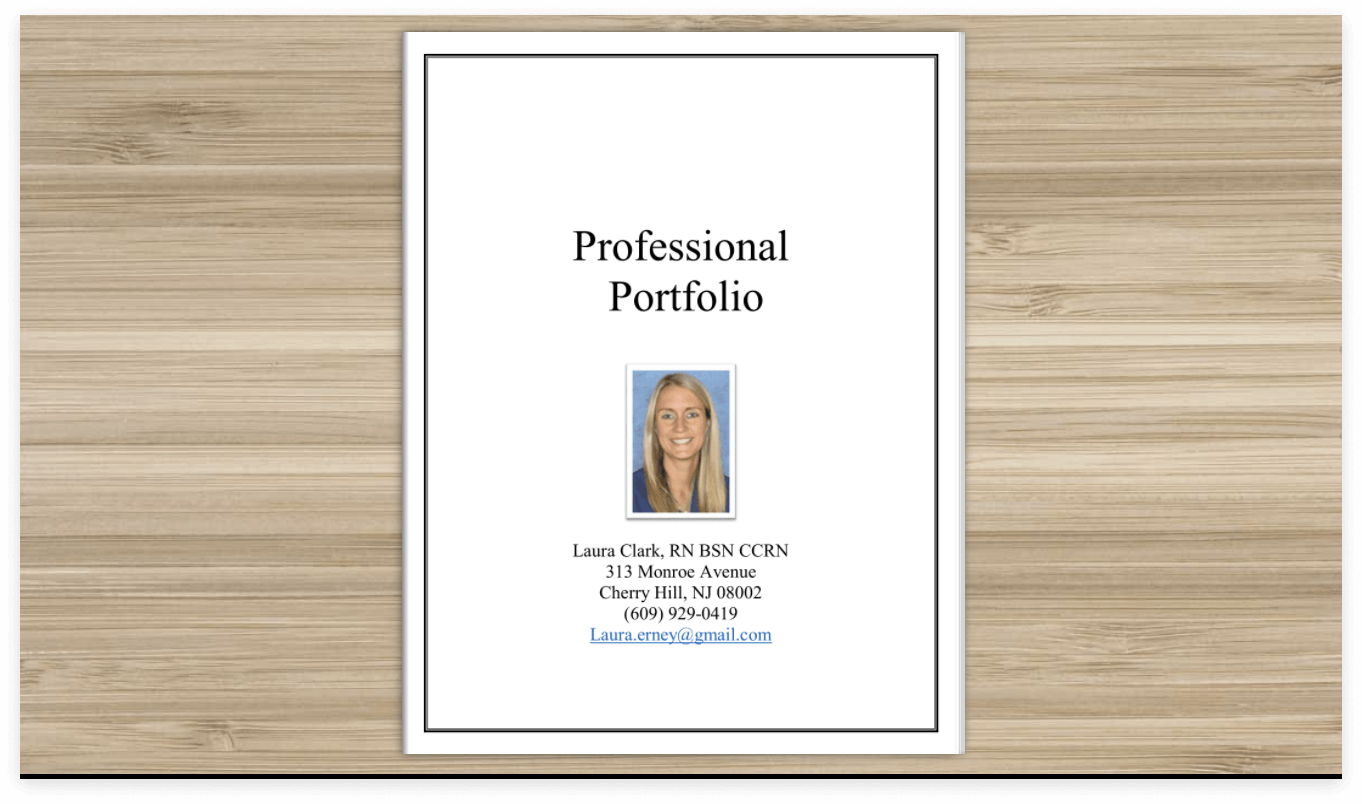
Photography portfolio example
A nice feature of CakeResume, an online platform to create resumes and portfolios for free, is that you can attach your resume to your personal portfolio. Kent not only takes advantage of this but also knows how to present his projects and design them with a professional, informative look.
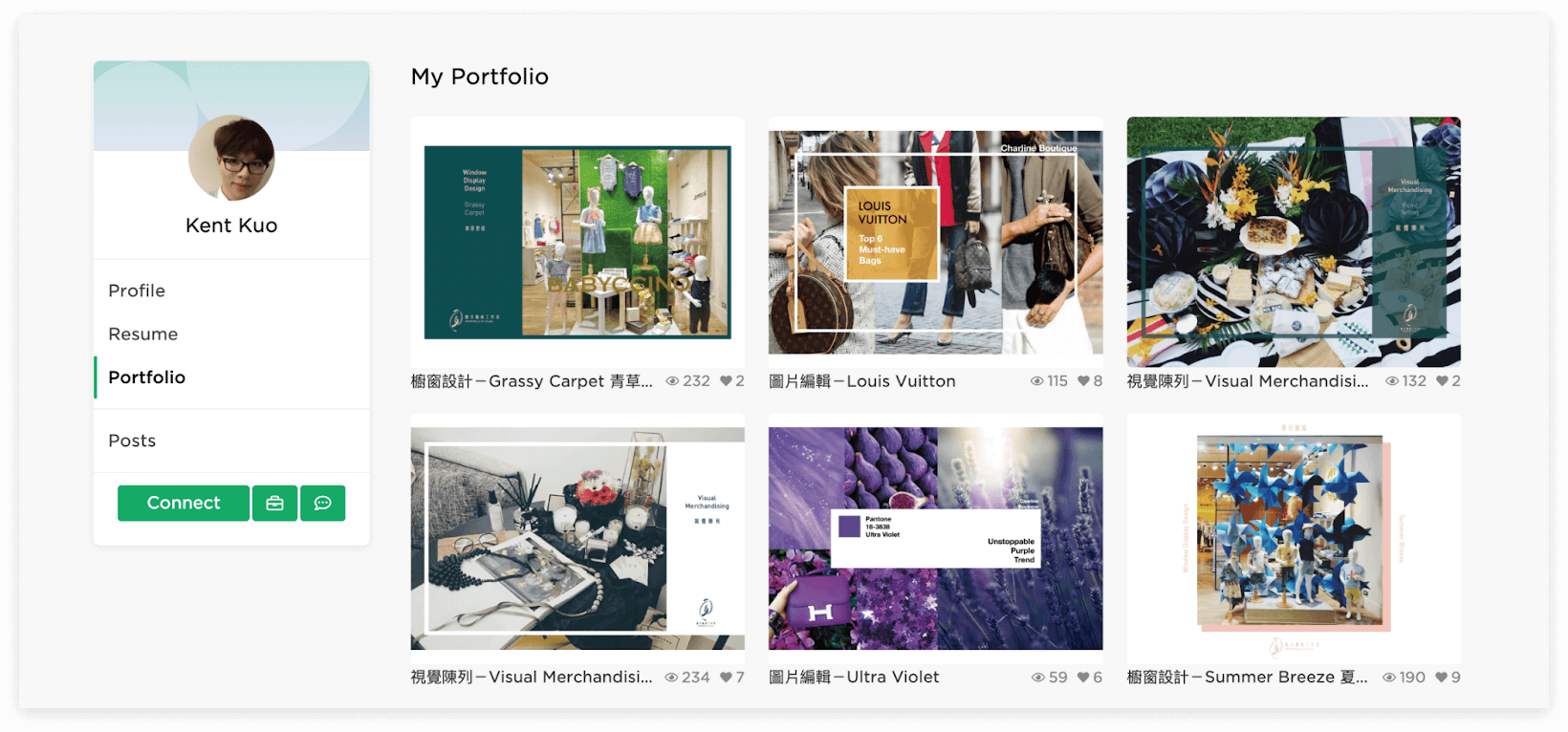
📚 Further reading: Creating an Impressive Photography Portfolio Website [+ Examples & Tips]
Portfolio for internship example
Niu, an architecture graduate, creates a simple but informative online portfolio with CakeResume. All projects are presented in a professional-looking way that makes it easy-to-preview.
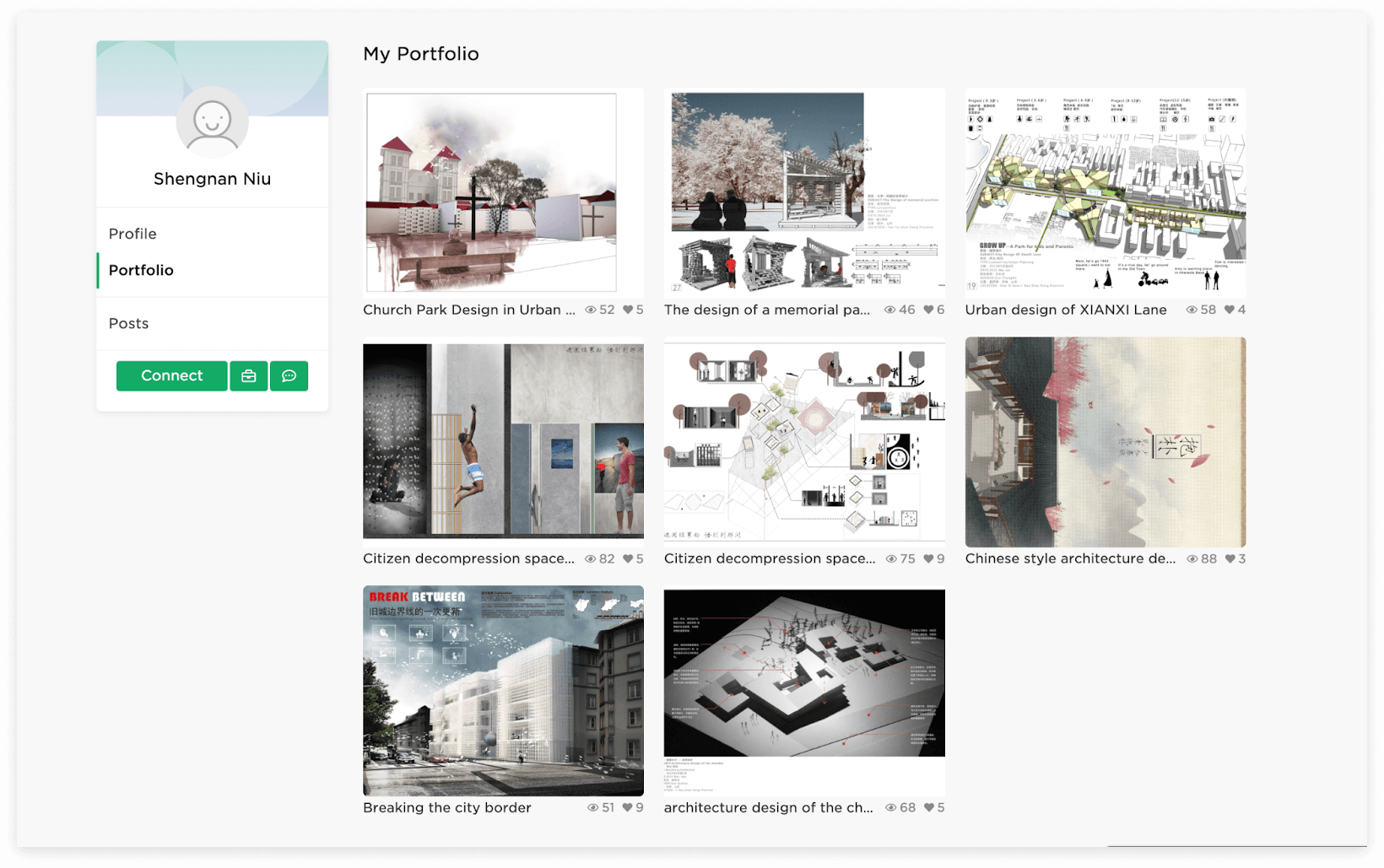
Software developer portfolio example
You may have seen this name among the top career portfolios, highly recommended by many websites and professionals. Daniel's website looks like a company homepage because of its professional, minimalist design.

Content writer portfolio example
Jennifer’s website is simplistic by design. She does a good job by organizing her articles based on different topics. That way, clients and recruiters will find it easier to look for the works that interest them.

Graphic design portfolio for job application
As the founder of a full-service creative studio, Forner designs her website with a very professional and impressive look. Large images allow the audience to see details of each work while the intro is very to the point.
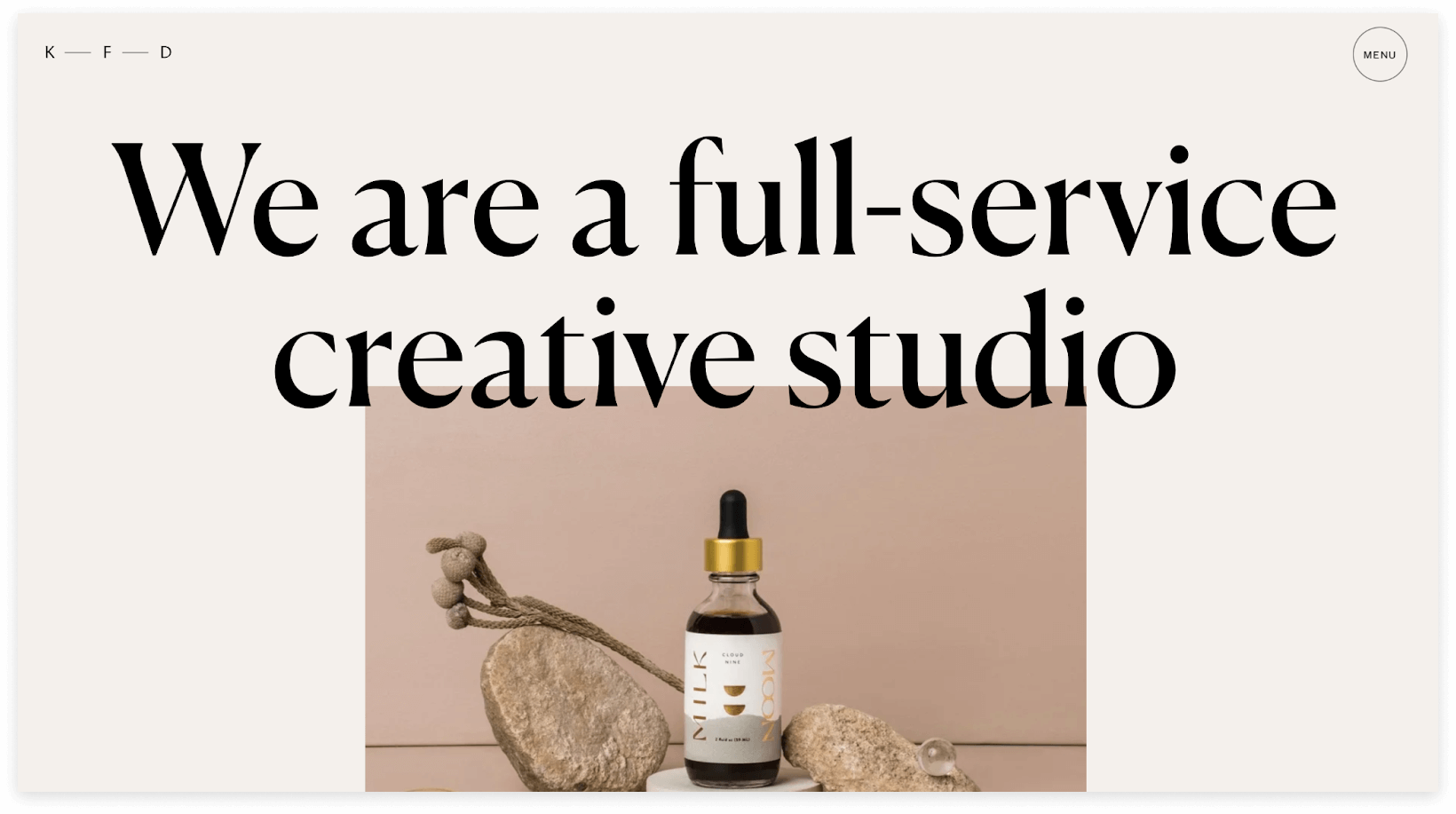
Web developer student portfolio example
You can immediately get a sense of Yi's personality when scrolling through her site. She adopts a playful color palette and lively emojis to grab the viewer’s attention. That makes her web developer student portfolio very impressive, creative, and interactive.
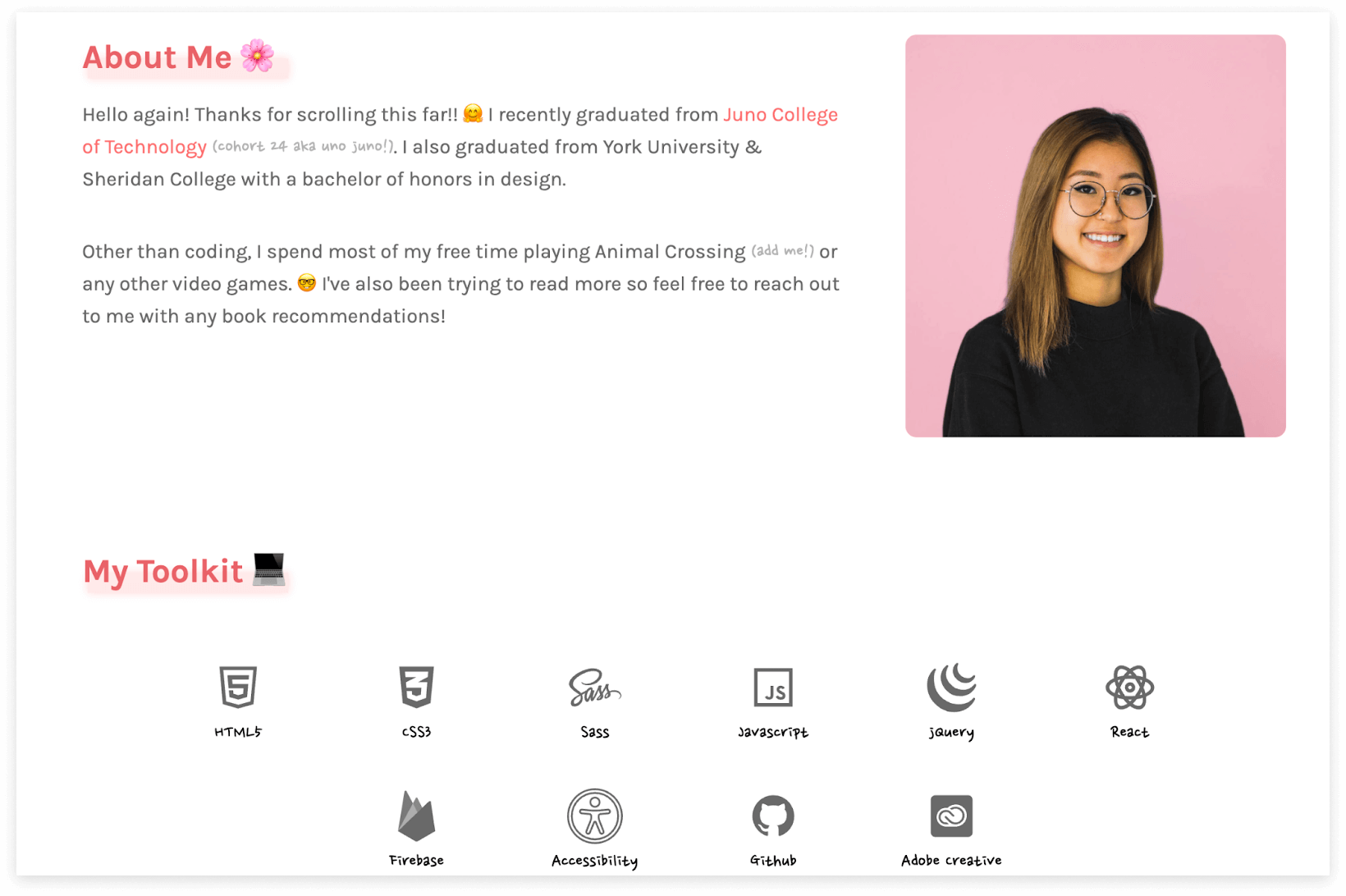
🔑 Key takeaways
All in all, a professional portfolio is not only a must-have for artists and designers, but also a great tool for any job seekers to market themselves. When building one to achieve your career goals, make sure it includes all key elements, such as:
- Bio/About you
- Online presence
- Contact information
- Work samples
- Skills & Qualifications
- Training & Experiences
- Education
Regardless of the format, your personal portfolio should be easy to navigate and aesthetically pleasing.
CakeResume’s free online portfolio maker is suitable for creative and design professionals. With our user-friendly portfolio-making tools, anyone can make their very own portfolio hassle-free. Create your online portfolio now!
--- Originally written by May Luong ---
More Career and Recruitment Resources

With the intention of helping job seekers to fully display their value, CakeResume creates an accessible free resume/CV/biodata builder, for users to build highly-customized resumes. Having a compelling resume is just like a piece of cake!






